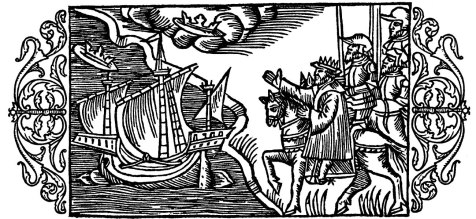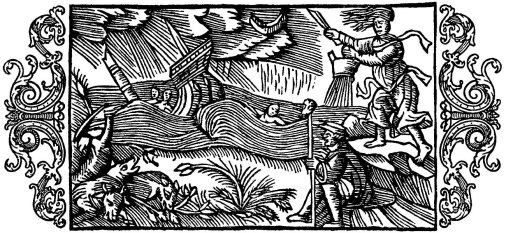The PSP ‘journey’: Exploring the Material History of Violence in the Home

As readers might themselves come to see this project, I have come to see PSP in terms of a ‘journey’; I believe that my colleague Debra also sees it in this way. Initially, I cringed in using this term to describe what we’re doing: it’s somewhat clichéd, and might be associated with (what some would have described in the 90s as) ‘New-Age-naval-gazing’. But in reflecting upon the methodologies that we intend to test (particularly approaches developed within the field of ‘Contemporary Archaeology’), the notion of both fieldwork and interpretation as ‘learning processes’ perhaps justifies use of this term.
In discussing our individual fields of research – my doctoral research being on the role of material culture during cultural and social transitions in the (re-)construction of identities (albeit during a historical period very distant from today), and Debra’s psychotherapy MA research and support work with survivors of childhood sexual abuse (e.g. with SV2), particularly in helping those with Complex Post-traumatic Stress Disorder (C-PTSD) and Dissociation – we saw common ground. At first this was most apparent in the notion of the ‘transitional object’; but subsequently we considered how we might together explore the broader significance of material culture in situations of abuse and – what may be especially important – in the post-trauma restitution or reconstruction of ‘self’. Perhaps inevitably bearing in mind Debra’s specialism, we initially contemplated ‘how’ the material traces of child abuse in the past, and self-reparation in the past and present, might possibly be recovered, while having a positive social impact, supporting survivors in managing trauma, and informing support workers in the significance of material culture in both acts of abuse, and in moving forward after traumatic experience. We are still mulling over this question. But with access to documentary, photographic and other material evidence of domestic violence and post-traumatic restitution in the past and present, we are beginning PSP work with what most might see as an impossible topic – though what to us is so far proving an ‘easier’ focus for the archaeological investigation of violence in the home. (Subsequent posts will explain further, and discuss the primary sources and methodologies we have in mind at this point.)
Considering the personal – and hyper-sensitive – nature of the evidence with which we shall work, collaborators and participants may in some way be affected by engaging with the project. We hope that domestic violence (DV) victims and survivors may take something positive from participation (whether as collaborator in fieldwork, analysis, or presentation of findings, or as audience). However, we are aware of the potential vulnerability of victims and survivors. Our main concern must therefore be to avoid adversely affecting those who engage with PSP, paying particular attention to the potential risk of ‘re-traumatising’ those who have had experience (or are still experiencing) violence and abuse: I am thankful, due to her professional experience, that Debra is vigilant in limiting this risk. This risk has both inspired and constrained project development, with concerns provoked by previous work by others stimulating the question ‘then how might / should the topic be approached’.
We realise that it may not be appropriate to develop or implement certain methods – despite their apparent successful employment in previous studies (which is one reason why we’re beginning as a pilot project, before ‘delving in deep’). I also do not yet know if other issues will obstruct our ability to meet project aims. The historical sources that we will study may often be ‘harrowing’ at best, which might ultimately prove ‘too much’ to continue (I’ll discuss this issue further in another post). For various reasons, ‘enough’ DV victims and survivors may not take part to make the ‘data sample’ numerically ‘significant’: those who have experienced DV may feel they have nothing to say; might not want to remember these experiences; and / or support workers, legal advisers, and perhaps might see participation as inadvisable.
The potential impact upon family and friends is also an important consideration: it is clear that violence in the home (whether in physical, emotional, sexual or other forms) between parents – or inflicted upon children by family members or friends – may affect not only the generations directly involved (as victim and perpetrator), but might also affect subsequent generations: a subject in which Debra is particularly interested, and which archaeology, in studying the ‘longue duree‘, might be particularly well equipped to examine, despite the obvious challenges that must be carefully navigated along the way.

